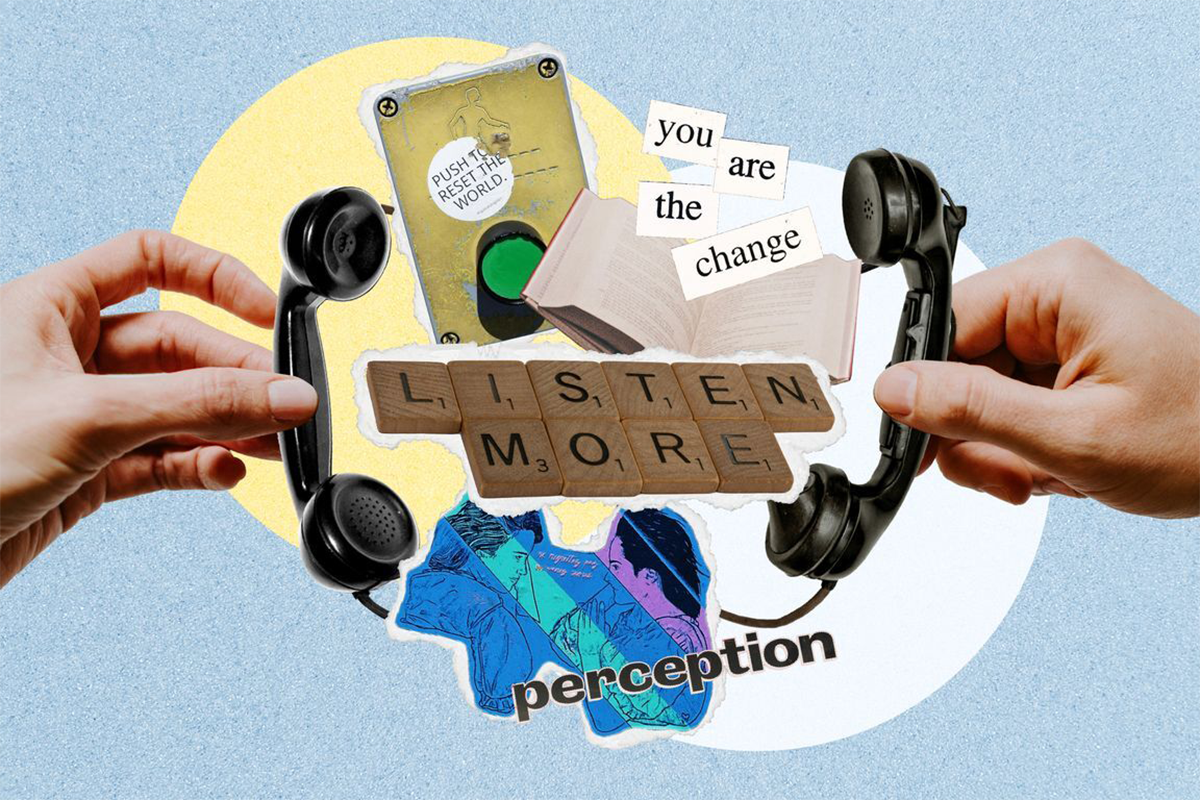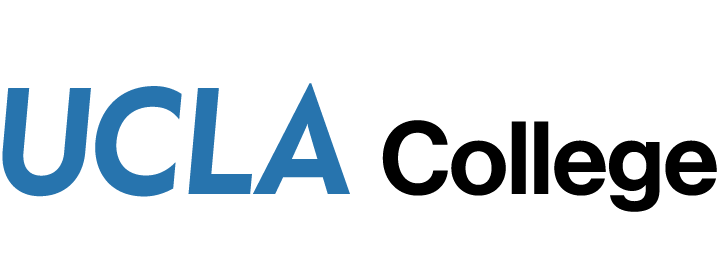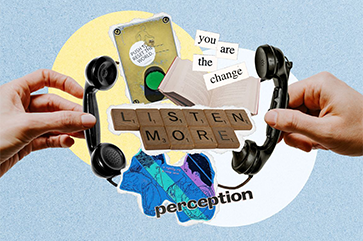Hope is an action: Programs and skills for navigating conflict

By Lucy Berbeo and Citlalli Chávez-Nava | Art by Katie Sipek | September 29, 2025
When envisioning success, Ferdman says, the Dialogue across Difference team sees a future where UCLA staff, faculty, students and alumni are equipped with the tools and spaces to confront and navigate their differences with resilience and skill.
This might look like a vibrant classroom discussion where students are unafraid to speak their minds and to disagree, where the differences between them generate new knowledge, and where they take those skills with them into the future. It might look like roommates who navigate conflict in the dorms with thoughtfulness, and residential assistants who are prepared to support them. It might look like a staff and faculty culture where difference is investigated and honored and where people empathize with and listen actively to each other as a core practice.
“From a BKI and ISH perspective, ultimately, we are seeking to create a kinder and less hateful world,” Ferdman says. “This means that cutting-edge research is actively informing successful pro-kindness and anti-hate interventions out in the world.”
For those who remain skeptical, Dialogue across Difference opens a door and asks them to experience the work for themselves. One of its most expansive offerings, the public Compassionate Conversations speaker series, co-sponsored by BKI and ISH, has built a powerful bridge between UCLA and the greater community. Launched in fall 2024 and bolstered by a team of dedicated undergraduate interns (see sidebar), the series has featured distinguished guests speaking on Israel and Palestine and sharing research findings on the science and art of kindness. Myers and Ferdman hope to expand its impact in the coming years, not only through high-profile events but also by encouraging partners from various parts of campus, especially those that have been particularly fractious, to experiment with the Compassionate Conversations rubric.
Meanwhile, hundreds of members of UCLA’s community continue to sign up to participate in the various workshops administered by Dialogue across Difference, in which they gain the skills that allow them to be effective bridge-builders themselves. It’s this grassroots, bottom-up work, Myers says, that organizers hope will help move the needle over time.
Ferdman adds that there are similar dialogue-focused efforts happening across UCLA, from the Anderson School of Management to the David Geffen School of Medicine to the School of Education and Information Studies. As an undergraduate, in fact, she took one course — “Intergroup Dialogue” with distinguished professor of education Sylvia Hurtado — that’s still being taught today. Ferdman is leading an effort to asset-map such experts, courses, initiatives, programs and student organizations across UCLA, ultimately creating a resource for the entire university.
“The more collaborative we are and the more we learn from one another’s approaches, the better we become,” Ferdman says. “There are budding communities on campus of facilitators and bridge-builders, and this could help formalize that and help people who have the capacity to facilitate dialogue come together, network and share opportunities and best practices.”
As an example, Myers and Ferdman point to the grants given out by the Bruin Bridge Builders Fund, a new effort to empower undergraduate students to develop projects on their own that promote the ideals of dialogue. Previous student-led projects included a training about dialogue skills for residential assistants; a dinner dialogue among students, administrators and faculty about building trust on campus; a documentary film screening and dialogue about Israel and Palestine; and dinner dialogues with students of different political backgrounds. This year’s program grants will include support for one student leading an event about empathy and AI and another attending TEDNext to explore how to develop better dialogue-related events.
As Ferdman can attest, this work is undeniably challenging. It can be heavy, emotional and complex, and optimism is not always within easy reach. But within the circle of trust she builds for those she educates, she finds a greater sense of purpose.
“I don’t always feel hopeful, but there’s a peace activist in the Middle East who says that hope is not a belief, it’s an action,” Ferdman says. “And so what keeps me hopeful is the work itself — the commitment and re-commitment to asking: What does it mean to build a resilient community with one another? What does it mean to commit to each other as a community, even in the face of strong difference?
“And there’s a bigger, existential recognition that this is what we’re supposed to be doing at a public university — at any university — and in a pluralistic democracy,” she adds. “We are increasingly diverse and interconnected as a society, and we need to know how to be with one another in order to survive and to thrive.”
Drawing on a historian’s long view, Myers offers a powerful reason for holding out hope despite the pessimism and challenges of the current moment.
“We have the obligation to engage in those things that can make a difference, even though we understand that we will not complete the job ourselves,” Myers says. “There are many reasons to be gloomy about the fate of the university today, but when you look at what is going on on a daily basis — the research, the service, the extraordinary teaching — you say, ‘How can I not be optimistic that some good will come of this?’ And so we need to mobilize ourselves and build horizontal alliances — amongst ourselves, within the campus community, between the university community and the community beyond campus walls — to maximize our potential to effect change. That work gives me a measure of optimism that there will be a better day.”
To return to the full feature, click here.




